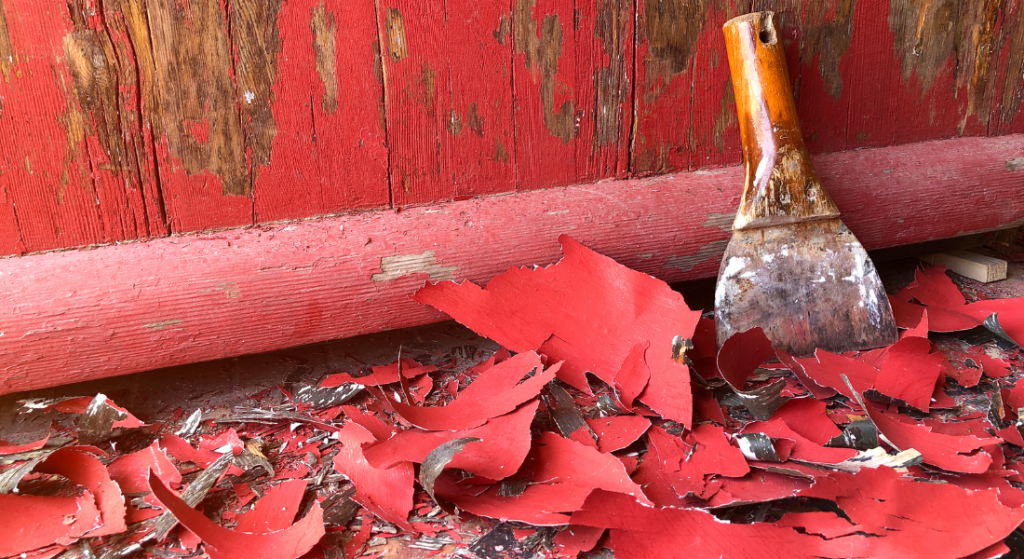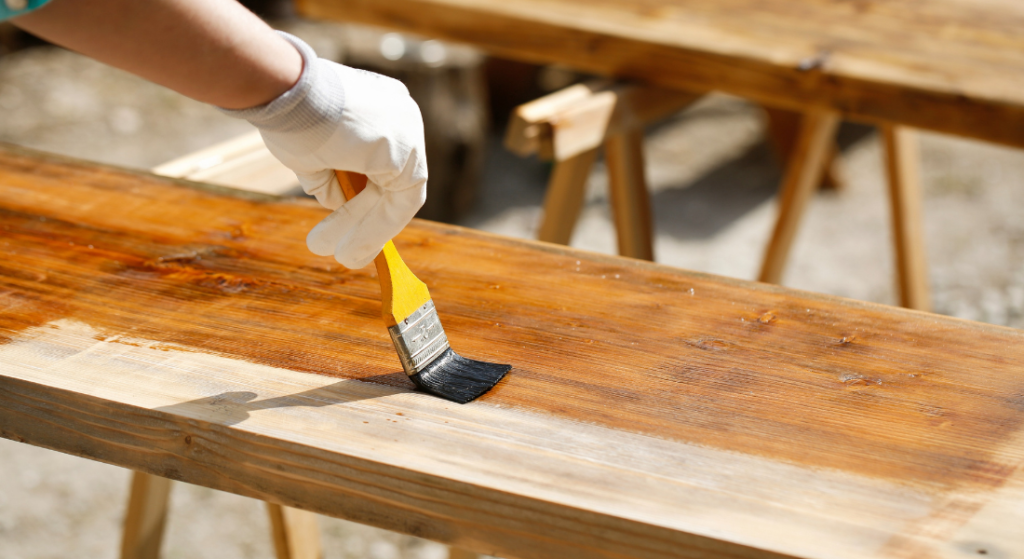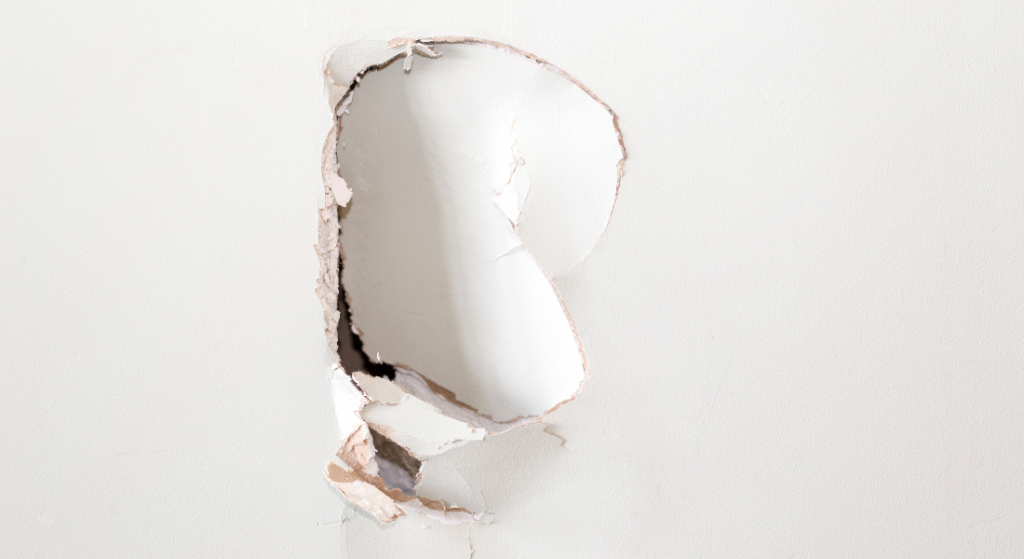If you’re like most people, you have at least one hole in your wall that needs to be fixed. And if you’re like most people, you don’t know what to use to fill the hole. Here’s a guide to help you choose the right filler for the job.
What Causes Holes In Walls?
Many things can cause holes in walls, including:
Poorly Hung Picture Or Painting
If the hole is caused by a poorly hung picture or painting, you will need to use a spackling paste. Spackling paste is a type of filler that is used to fill nail holes and cracks in walls. It comes in a tube and is applied with a putty knife.
Too Tight Doorknobs
If the hole is caused by a too-tight doorknob, you will need to use a foam filler. Foam filler is a type of filler that is used to fill in screw holes and cracks in walls. It comes in a can and is applied with a foam brush.
Children Playing Indoors
If the hole is caused by children playing indoors, you will need to use a plaster filler. Plaster filler is a type of filler that is used to fill in large holes and cracks in walls. It comes in a tub and is applied with a trowel.
Natural Disasters
If the hole is caused by a natural disaster, you will need to use a cement filler. Cement filler is a type of filler that is used to fill in large holes and cracks in walls. It comes in a bag and is applied with a trowel.
Tools Required To Fill Holes In Walls
Depending on the type of filler you use, you will need different tools to apply it.
Sanding Block
The first tool you will need is a sanding block. A sanding block is a tool that is used to smooth out the surface of the filler. It comes in various sizes and shapes and can be made of different materials, such as foam or rubber.
Putty Knife
If you are using a spackling paste, you will also need a putty knife. A putty knife is a tool that is used to apply the paste to the hole. It comes in various sizes and shapes and can be made of different materials, such as wood or plastic.
Foam Brush
If you are using a foam filler, you will also need a foam brush. A foam brush is a tool that is used to apply the filler to the hole. It comes in various sizes and shapes and can be made of different materials, such as foam or synthetic bristles.
Stain-Blocking Primer
If you are using a plaster filler, you will also need a stain-blocking primer. A stain-blocking primer is a type of paint that is used to prevent stains from showing through the filler. It comes in a can and is applied with a brush.
Types Of Fillers You Can Use To Fill Holes
When it comes to filler, it’s not a case of one size fits all. You need a specific filler for a specific job. For example, if the hole is caused by a too-tight doorknob, you will need to use a foam filler. Foam filler is a type of filler that is used to fill in small holes and cracks in walls. It comes in a can and is applied with a foam brush.
There are many different types of filler, each with its specific use. Here are some of the most common types of filler:
Powder Filler
Powder filler is a mixture of powdered limestone and clay. It is used to fill in holes and cracks in walls that are less than 1/2 inch wide. Powder filler is applied with a putty knife.
Ready-Mixed Filler
Ready-mixed filler is a type of filler that is already mixed and ready to use. It comes in a can and is applied with a brush.
Flexible Filler
Flexible filler is a type of filler that is used to fill in holes and cracks in walls that are more than 1/2 inch wide. It is made of a material that is designed to expand and contract with the wall, so it can accommodate any movement.
Exterior Filler
Exterior filler is a type of filler that is used to fill in holes and cracks in walls that are exposed to the elements. It is made of a weather-resistant material that can withstand the elements.
How To Fix Holes In Walls
Now that you know what type of filler to use, it’s time to learn how to fill holes in walls.
Step 1: Remove Any Loose Paint Around The Hole
The first step is to remove any loose paint around the hole in the wall. This will help the filler to adhere to the wall better. Use a putty knife or a scraper to remove the loose paint. Clean the area with a damp cloth to remove any dust or debris. This will remove any dirt or debris that could prevent the filler from adhering to the entire wall.
Step 2: Apply A Layer Of Spackle
Next, apply a thin layer of spackle or joint compound to the drywall screws. Spackle is a type of putty that is used to fill in a small nail hole and crack. It comes in a tub and is applied with a drywall knife. If you are using a ready-mixed filler, follow the instructions on the packaging.
Step 3: Allow The Spackle To Dry Completely
Once you have applied the spackle, allow it to dry completely. This usually takes about 24 hours. After the spackle has dried, you will need to sand the area smooth. Use a sanding block or a piece of sandpaper to sand the small hole completely until it is smooth.
Step 4: Scrape Away Excess Spackle
Once you have sanded the area smooth, you will need to scrape away any excess spackle. Use a putty knife or a scraper to remove the excess spackle.
Step 5: Gently Sand The Spackled Area
Once you have removed the excess spackle, you will need to gently sand the area. This will help to smooth out any rough edges. Use a piece of sandpaper or a sanding block to lightly sand the area.
Step 6: Apply A Second Layer Of Spackle
If the hole is still visible, you will need to apply the second coat of spackle. Follow the same steps as before. Allow the second layer of spackle to dry completely before proceeding to the next step.
Step 7: Paint The Area
Once the spackle has dried, you will need to paint the area. Use a brush or a roller to apply the paint. Allow the paint to dry completely before using the room.
Hire An Expert
If you are not confident in your ability to fill the hole, you may want to hire an expert. A professional will be able to fill the hole correctly and ensure that it is properly sealed. This will help to prevent any further damage to the wall. Contact Estate Painting today to schedule a free consultation.





